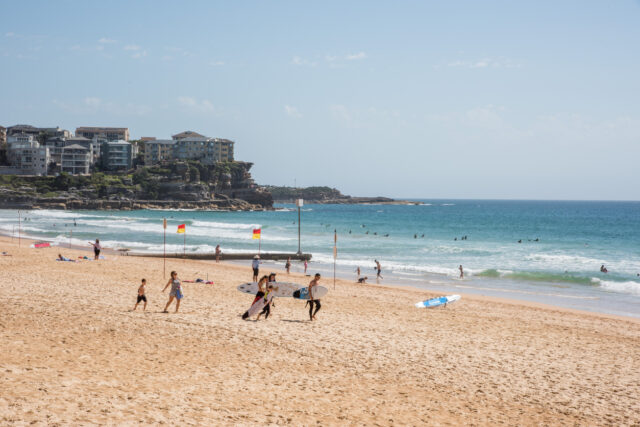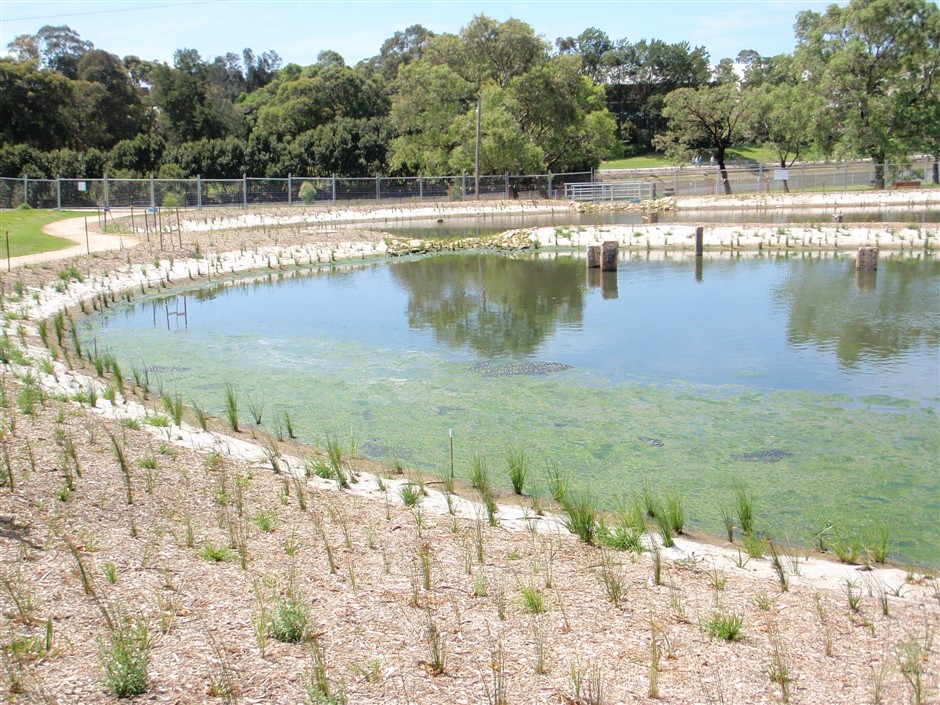
Targets for the continual improvement of local waterways in and around Sydney will see Sydney Water spend about $10.1 billion between now and 2024. The bulk of the expenditure, $2.7 billion, will go towards renewing existing assets, while $1.7 billion will be allocated to meet the growth in water, wastewater and stormwater needs as the city expands westwards.
A key part of the state-owned corporation’s strategy will focus on helping to reduce and prevent water pollution through the Waterway Health Improvement Program (WHIP), which aims to limit the impact of stormwater on the health of waterways. Says a Sydney Water spokesperson: “Sydney Water aims to protect and care for natural waterways so customers and communities can always enjoy them.
“Sydney Water has made significant investments over the past 30 years to improve beach and harbour water quality, including upgrades to coastal wastewater treatment plants and reducing wastewater overflows across its area of operations.
“Waterway health projects involve the construction of new wetlands and bioretention systems (rain gardens) which aim to remove pollution from waterways, enhance native wildlife and improve aesthetics and social amenity for the community.”

Examples of these projects include the establishment of wetlands, such as the cells at Cup and Saucer Creek, developed from an urban watercourse of the Cooks River catchment in the Canterbury-Bankstown region. Built in 2010 at Heynes Reserve, the wetland was the first step in the Cooks River Bank Naturalisation Project, treating local stormwater runoff and providing wetland habitat for a diverse selection of wildlife. It has also become a popular beauty spot for locals.
Another example includes naturalisation work at Powells Creek, a tributary of the Parramatta River in Sydney’s inner west. Here, concrete banks have been replaced with sandstone boulders and native plants, providing a habitat for birds and other native wildlife.
These projects are just two of many included in the WHIP which use Water Sensitive Urban Design (WSUD) – a way of capturing, treating and re-using stormwater by establishing naturally vegetated stormwater treatment areas – as their principal approach.
By using natural treatment systems, like wetlands and rain gardens, combined with gross pollutant traps, “Sydney Water prevents thousands of tonnes of pollution impacting creeks, rivers, harbours and beaches each year”, says a spokesperson.
To support the naturalisation projects, Sydney Water maintains 75 gross pollutant traps across the Sydney region, which collect about 1200 cubic metres of sediment and litter before it enters the environment.
As a single example, the trash rack at Mackey Park in Marrickville prevents about 200 cubic metres of litter from entering the Cooks River.
To present a detailed picture to the wider public about Sydney Water’s projects, the corporation has provided a wealth of free resources to primary and high schools for sharing in classrooms, and also holds regular open days and tours of facilities for local communities.













